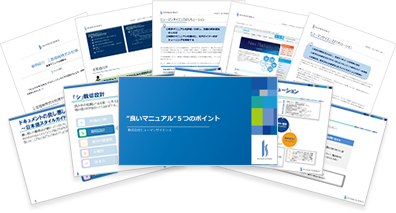
- Table of Contents
-
- 1. What is a health score in customer success?
- 2. Benefits of Implementing Health Scores in Customer Success
- 3. How to Advance Customer Success Activities to Ensure Successful Onboarding
- 3-1. Successfully Onboarding
- 3-2. Definition of Successful Onboarding
- 3-3. Setting KGI (Key Goal Indicator) and KPI (Key Performance Indicator)
- 4. Summary
1. What is a health score in customer success?

The health score can be described as a numerical value that indicates whether customers will continue to use a product or service. It serves as an important metric for measuring the "health status" of customers, indicating their health in relation to the use of the company's services, and suggesting that if they are healthy, the duration of continued use will also be longer.
By quantifying and evaluating whether customers will continue to use the company's products or services, a high score indicates that continuation is likely, while a low score increases the probability of cancellation (churn). Utilizing this score enables appropriate customer success strategies. Furthermore, it is a crucial metric that leads to improved customer satisfaction and retention, and is used to maximize customer LTV (lifetime value).
What is Customer Success LTV? Click here for details on how to maximize it
・What is LTV? What is its relationship with Customer Success?
・Ways to increase LTV
2. Benefits of Implementing Health Scores in Customer Success

The health score serves as a significant indicator for determining what kind of support should be provided to customers. With limited resources, it is challenging to offer the same level of support to all customers. By implementing a health score, it becomes clear how frequently and to what extent intervention is needed for each customer. By segmenting customers based on their health score and adopting approaches tailored to the conditions of each segment, customer success activities can be conducted more effectively and efficiently. The benefits are as follows.
●Improve Churn Rate: By monitoring health score indicators, you can detect early signs of customer dissatisfaction. By taking appropriate measures before cancellation, you can prevent churn.
●Can promote upselling and cross-selling: Understand the timing for upselling and cross-selling: Customers with a high health score are in a position to accept additional proposals more easily. This can facilitate the success of upselling and cross-selling.
●Ability to choose not to provide excessive support: By using health scores, it becomes possible not only to narrow down the customers who should be prioritized for support but also to make the decision to forgo support altogether, leading to increased productivity.
The churn rate (or cancellation rate) is an indicator that shows the percentage of customers who have canceled within a certain period. Especially in SaaS businesses, it is important for customers to continue using the service, and a low churn rate allows for the acquisition of new customers while retaining existing ones, leading to stable profit growth.
By implementing a health score, it becomes easier to understand the customer's situation, which may improve the churn rate (or cancellation rate).
Role of Customer Success - Improving Churn Rate
The steps to create a health score are as follows.
1. Define Health Status: Establish the customer's healthy state. Set specific metrics such as "Number of Logins (People)", "Usage Time", and "Number of Licenses".
2. Define the Indicators for Judgment: Define the indicators used to calculate the health score. Consider factors such as "customer touchpoints" and "satisfaction." There are also metrics like NPS®.
Supplement: NPS® (Net Promoter Score) is an abbreviation for "Net Promoter Score," which is a metric that measures customer loyalty (trust and attachment to products or services). In customer surveys, responses are obtained on a scale of "0-10" to the question, "How likely are you to recommend this product or service to a close friend?" The value is calculated from these responses. NPS® is being adopted as a management metric due to its strong correlation with corporate revenue, which distinguishes it from customer satisfaction.
3. Determine the Method for Calculating Health Score: Decide on the method for calculating the health score based on the indicators.
The method for calculating the health score varies by company and service, but here are some examples.
Calculation Based on Login Frequency: Customers who have not logged in for more than 2 weeks: 0 points, customers who log in at least once a week: 5 points, customers who log in every other day: 10 points, customers who log in daily: 20 points.
Calculation Based on Member Invitations: No invitations sent: 0 points, invitations sent: 10 points.
Calculation Based on Message Sending Frequency: Customers who have not sent any messages: 0 points, customers who have sent messages 5 times: 10 points, customers with more than 10 messages sent: 30 points.
These examples are some of the elements used to measure customer health. When implementing a health score, it is important to select indicators that align with your business model and customer characteristics, and to choose an appropriate calculation method.
4. Determine the threshold and the measures to be implemented: Set the score threshold and consider specific measures based on it.
5. Repeat Operations and Improvements: Regularly evaluate scores and implement improvement measures.
By properly setting the health score and providing appropriate support to customers, it becomes possible to clearly define action plans for each customer, thereby reducing churn rates and enabling upselling and cross-selling.
Customers with a high health score are expected to continue using the service, so it is important to provide focused support, such as sharing success stories.
On the contrary, customers with a low health score are at a higher risk of cancellation, so prompt action is necessary, such as setting up measures to prevent cancellations.
2. How to Advance Customer Success Activities to Successfully Onboard

Onboarding and health scores are closely related in customer success activities.
●What is Onboarding:
In customer success, onboarding refers to the activities that help new customers understand the service and derive maximum value from it.
●Relationship between Onboarding and Health Score:
The health score is a metric that quantifies the health status of customers. It evaluates customer activity and usage, measuring their success experience.
In the onboarding process, as customers smoothly adopt the service and understand the basic operating methods, the health score improves.
Customers with a high health score are likely to have a successful onboarding experience, while those with a low health score indicate room for improvement.
●Utilization of Health Score:
We utilize the health score to understand the health status of our customers and provide improvement measures.
We offer appropriate support to customers with low health scores to enhance customer satisfaction.
Through the onboarding process, we improve the health score and maximize the success experience of our customers.
In this way, health scores and onboarding are important elements that closely work together for customer success.
3-1. Successfully Onboarding
We define the "success of onboarding" that fits our products and services, and summarize the key points for sharing with customers below.
3-2. Definition of Successful Onboarding
Successful onboarding refers to the state in which customers can effectively utilize services or products and derive maximum value from them. Let's define successful onboarding by considering the following points.
- Achievement of Objectives: Whether the customer can achieve the main objectives of using the service (e.g., task automation, efficiency improvement, information sharing, etc.).
- Smooth Implementation: Whether the customer can proceed smoothly when implementing the service.
- Initial Setup Completion: Whether the customer has completed the basic settings and is in a state to use the service.
- Customer Satisfaction: Whether the customer is satisfied with the onboarding process.
3-3. Setting KGI (Key Goal Indicator) and KPI (Key Performance Indicator)
KGI (Key Goal Indicator) is a target metric used to measure the success of onboarding. For example, specific goals such as "80% of new customers complete basic settings after their first login" are set. Additionally, KPI (Key Performance Indicator) is a specific numerical metric measured to achieve the KGI.
Below are some examples of KPIs related to onboarding.
・Onboarding Completion Rate: The percentage of customers who have completed the basic setup immediately after the service implementation.
・Active User Count: The number of active customers who regularly use the service.
・Health Score: An indicator that evaluates the health status of customers, calculated considering factors such as login frequency, feature usage frequency, and number of inquiries.
・NPS (Net Promoter Score): A metric that quantifies how likely customers are to recommend the service to others.
・CSAT (Customer Satisfaction Score): An indicator that evaluates how satisfied customers are with the onboarding process.
Let's regularly measure these KPIs and use them to improve onboarding.
What is a Customer Journey? Steps for Creation and Points for Operation "2. Steps for Creating a Customer Journey"
・Set the items to be handed over from sales
・Focus on early success
・Implement and improve. Communicate regularly with customers
4. Summary
Many BtoB companies, especially SaaS companies, are prioritizing customer success. The operations of the customer success department are very diverse, so efficient execution of tasks, including the use of health scores, is required. Human Science's services can implement measures that lead to the efficiency of the customer success department and the improvement of CX (customer experience).
Service Introduction
To efficiently share know-how for customer success or to enhance customer satisfaction, it is also important to organize documentation. It is necessary to secure resources for this purpose. However, creating manuals and developing training content to improve customer satisfaction requires a significant amount of personnel and time, making it a high-priority but increasingly burdensome task.
At Human Science, we offer a variety of services for the customer success department. In particular, we believe that the quality of the content provided by the customer success department is key to achieving customer success. Necessary actions include improving and creating manuals, enhancing FAQs, and producing training content. Attempting to handle these in-house can be costly, and the quality must also be clear and understandable. Human Science has extensive experience in creating clear manuals and e-learning content. We offer the following services.
・Quality Improvement of Manuals and Training Texts
We propose the most suitable user manuals, technical documents, help guides, and FAQs for your environment. Starting with the evaluation of the current manuals, we provide consulting for building multilingual support systems and CMS operations. We can also undertake the production of video manuals.
・Production of educational content and support for the introduction of LMS (Learning Management System)
We propose educational content that is best suited for your environment, just like manuals. Starting with an evaluation of the current content, we can also optimize the LMS and support multilingual capabilities.
・Chatbot Implementation and Development Support
To improve customer support efficiency, many companies are advancing the implementation of chatbots. We propose the most suitable chatbot for your environment. We can provide one-stop support from the implementation of the chatbot system to content creation.
Project Achievements
The following are achievements for the Customer Success Department.
We provide a one-stop service for creating easy-to-understand manuals, video manuals, and e-learning content necessary for customer success, so please make use of it.


















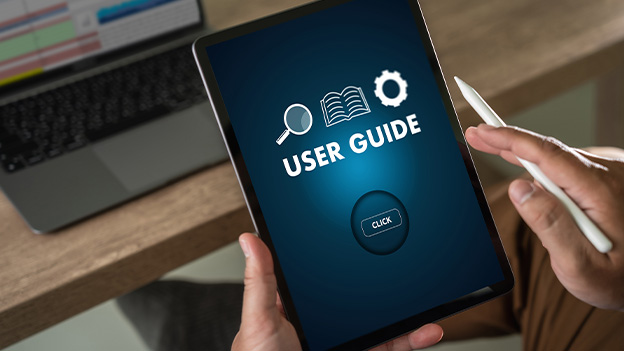























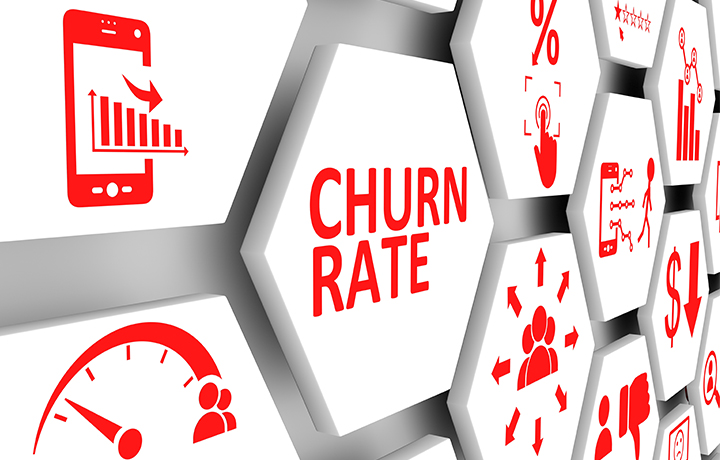








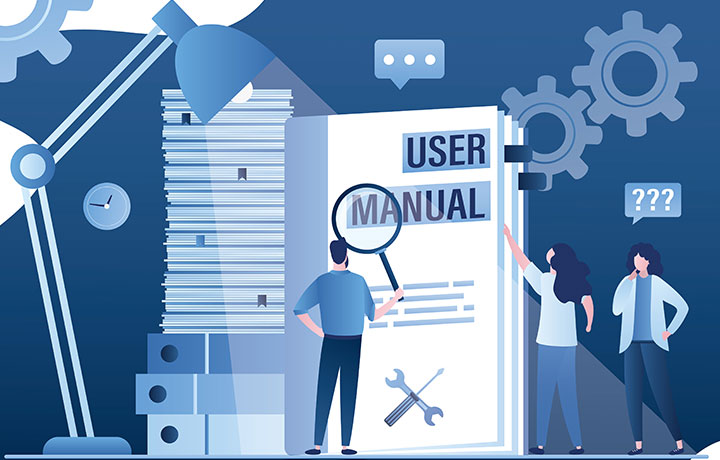



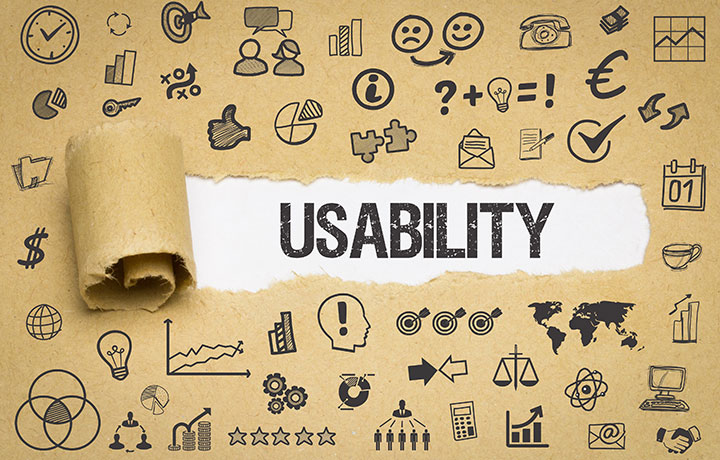





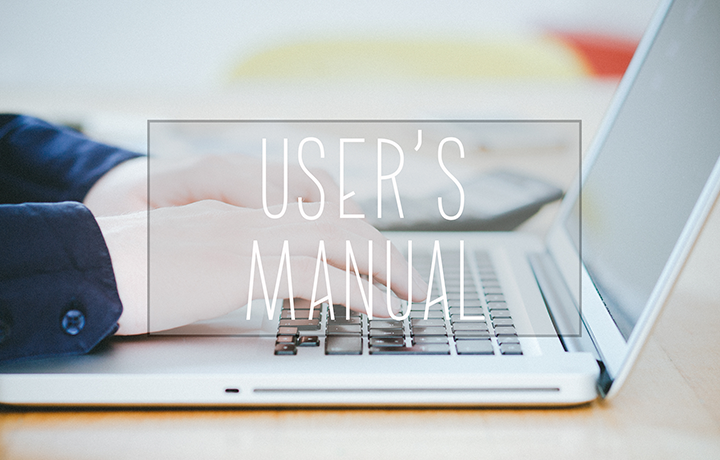











 Manual creation
Manual creation Director, Writer
Director, Writer In-house Support
In-house Support Video
Video Manual
Manual Manual Creation
Manual Creation One-Stop Service for Manual Creation
One-Stop Service for Manual Creation Manuals and Documents
Manuals and Documents